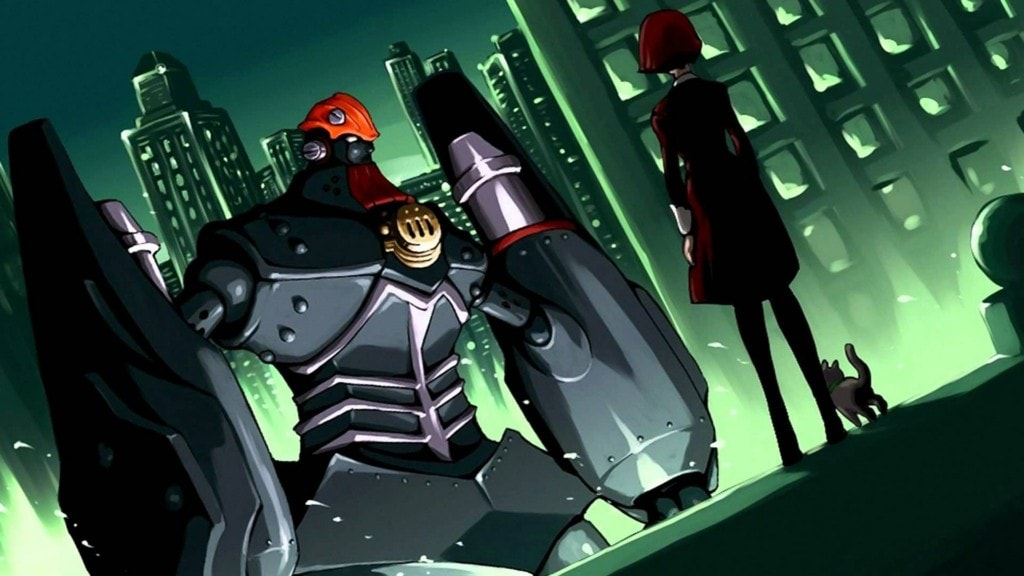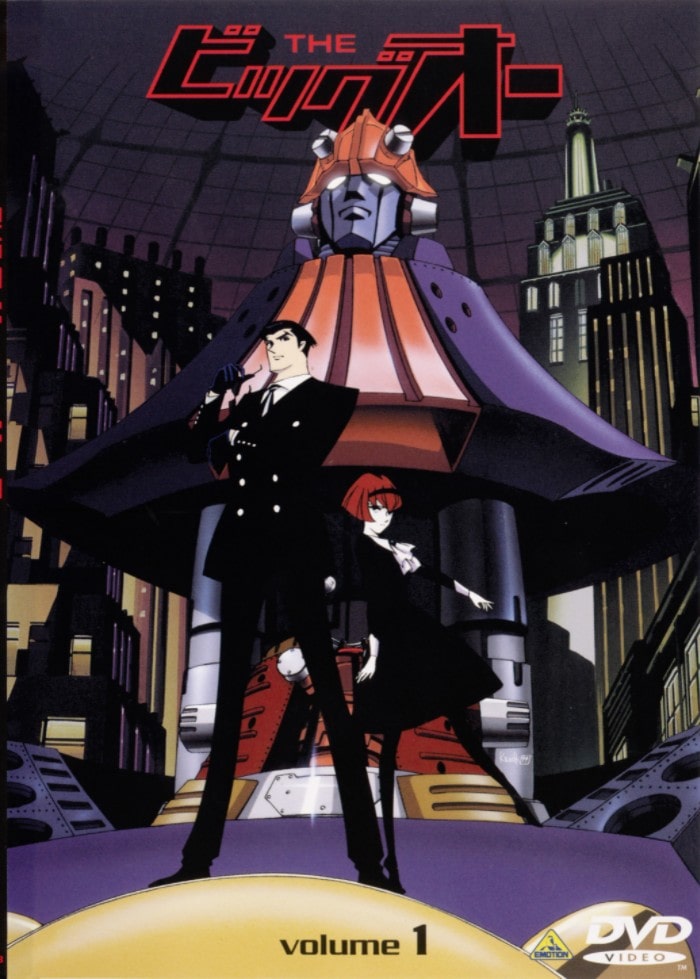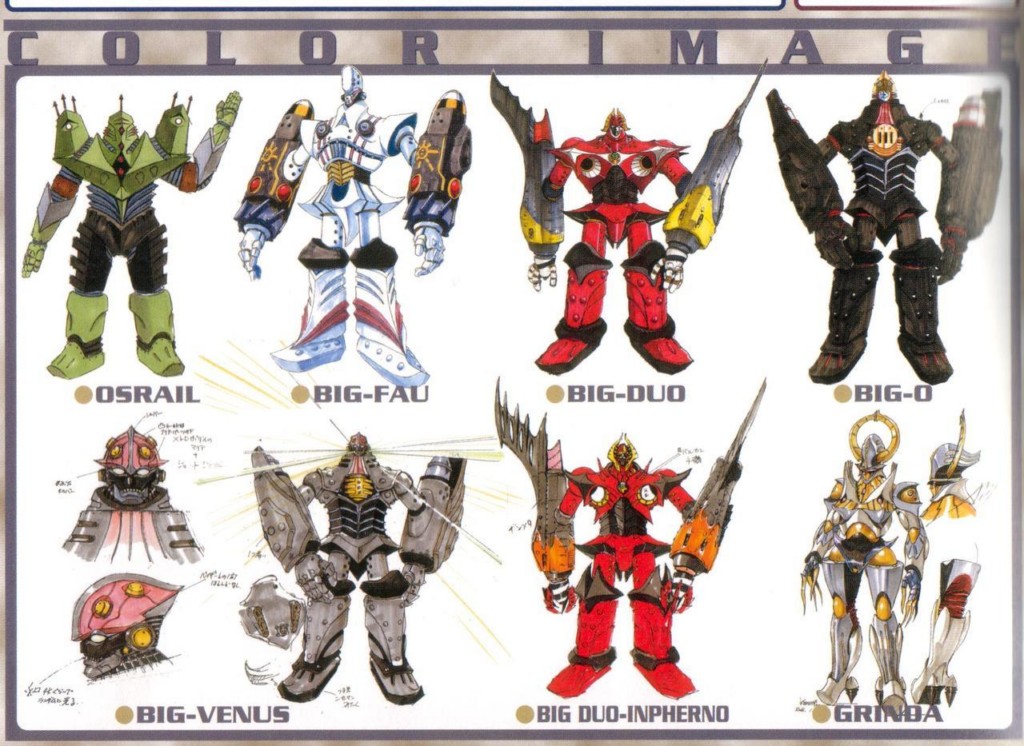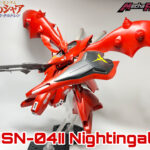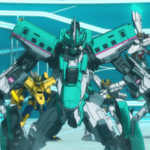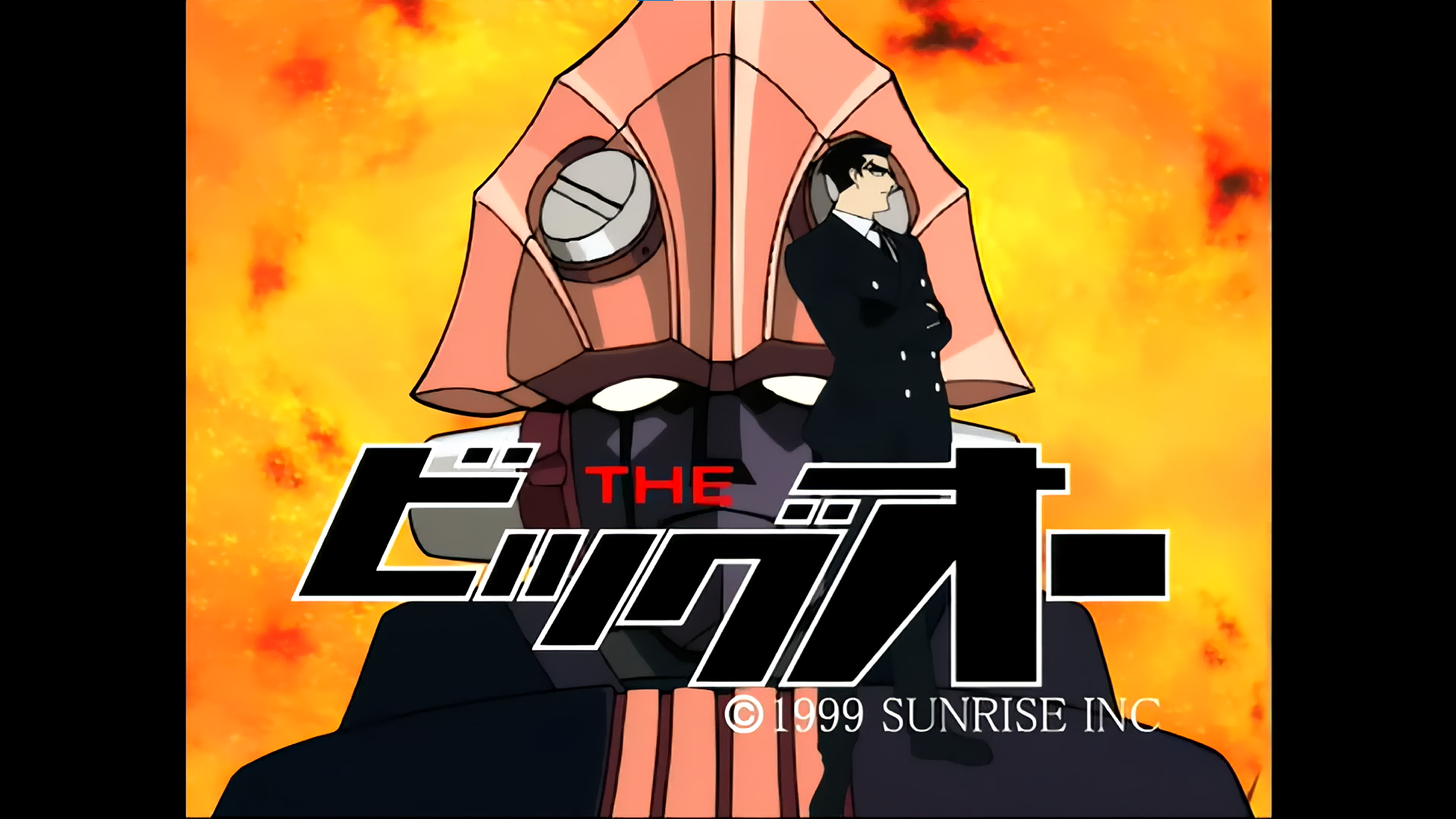
Series Recommendation: The Big-O
BIG-O! SHOWTIME!
Sometimes, Japanese mecha can create an extremely Western series, mixed with their own eccentricities of mystery and the “noir” feeling of many classic Western media. Few series could manage to blend the settings, the characters, the atmosphere, the music and the story into such a holistic approach to many philosophical question about existentialism. The result is Big-O – a 2-season 26-episode mecha anime aired in 1999, on the verge of the new century and millennia.
The series take place in Paradigm City – a city of amnesia where every single person living there lost their memory 40 years ago. Yet, humanity found a way to carry on with their lives. Roger Smith – a wealthy gentleman with a peculiar occupation: a Negotiator for high risk deals – encounter an also peculiar android – R. Dorothy. From then on, a hunt for Memories and the truth about the world begins, with Roger slowly unveiling the truth about Paradigm City, about the world, and about himself.
+ Plot: The Big-O gives you a very apocalyptic steampunk-esque atmosphere, without a lot of steam to be fair, but the premise is full of mundane yet twisted in a way that intrigue us all. It does resemble the old Batman animated series in a world shrouded with darkness and secrets. The story slowly progresses from Roger’s negotiation case towards unlocking the hidden truth of Paradigm City, little by little, and planting questions in Roger’s mind as well as the audience themselves. Some cases seem…unrelated at first but bit by bit, it all led to the ultimate final stage, which is an awesome climax for the series. There are a lot of literature and philosophical references in the show that if you want to really dissect the series, it’s gonna take you a long while.
Roger Smith felt like Bruce Wayne but without the emotional baggage from his childhood (since everyone forgot most of it anyway). Yet he kept coming across situation that makes him ponder everything about himself, and about Dorothy as well. It’s amazing how they make an expressionless android (she didn’t even change his facial expression even once in the series) deliver some of the best “feelings” in the show. Big-O is a series where the android doesn’t learn how to smile, how to emote, how to “act” lovey-dovey like in other series that feature androids do, but you can notice the subtle changes in Dorothy’s “heart”, which is quite amazing. Another strong point of the cast is the villains and supporting one-off characters. The villains are very unique and even with their simple “background”, the way they conduct themselves and their personality were all very well done, especially the recurring ones. They planted the seed of doubt in a very brilliant way. Characterization is no doubt Big-O’s strongest point.
+ Plot: The Big-O gives you a very apocalyptic steampunk-esque atmosphere, without a lot of steam to be fair, but the premise is full of mundane yet twisted in a way that intrigue us all. It does resemble the old Batman animated series in a world shrouded with darkness and secrets. The story slowly progresses from Roger’s negotiation case towards unlocking the hidden truth of Paradigm City, little by little, and planting questions in Roger’s mind as well as the audience themselves. Some cases seem…unrelated at first but bit by bit, it all led to the ultimate final stage, which is an awesome climax for the series. There are a lot of literature and philosophical references in the show that if you want to really dissect the series, it’s gonna take you a long while.
Roger Smith felt like Bruce Wayne but without the emotional baggage from his childhood (since everyone forgot most of it anyway). Yet he kept coming across situation that makes him ponder everything about himself, and about Dorothy as well. It’s amazing how they make an expressionless android (she didn’t even change his facial expression even once in the series) deliver some of the best “feelings” in the show. Big-O is a series where the android doesn’t learn how to smile, how to emote, how to “act” lovey-dovey like in other series that feature androids do, but you can notice the subtle changes in Dorothy’s “heart”, which is quite amazing. Another strong point of the cast is the villains and supporting one-off characters. The villains are very unique and even with their simple “background”, the way they conduct themselves and their personality were all very well done, especially the recurring ones. They planted the seed of doubt in a very brilliant way. Characterization is no doubt Big-O’s strongest point.
+ Animation: Very cartoonish for a Japanese anime. The lines are rough and usually consist of straight lines. The animation is very well done, including action and normal scenes. The Megadeus combat, especially Big-O, is not the most fancy nor interesting in the genre. Big-O is very slumbering and bulky, so its movements are quite sluggish and slow, reflecting its massive weight, which is true for most giant beings in the show. They act their weight. However, the special effects like laser, explosions, etc… are beautifully animated and they blend perfectly with the drab tone of Paradigm City. Even without any crazy high speed combat, Big-O still nail the action with some of the most epic giant robot battles there is. A clash of ideologies conducted through Megadeuses.
+ Mecha Design: Keichi Satou handled the designed of the series, most notably the Megadeus. Big-O’s unique design certainly is an acquired taste. The design principle is also quite different. Big-O houses all of his weapon inside its body, and while it was presented like a Real Robot, some of its characteristics are just out of the norm, which also ties in to the plot, which is quite fascinating. Other Megadeuses are also quite eccentric, with some referencing other mechs like King Joe and a typical Combiner. The design of Big-O might remind you of Diebuster or Gad Guard.
+ Mecha Design: Keichi Satou handled the designed of the series, most notably the Megadeus. Big-O’s unique design certainly is an acquired taste. The design principle is also quite different. Big-O houses all of his weapon inside its body, and while it was presented like a Real Robot, some of its characteristics are just out of the norm, which also ties in to the plot, which is quite fascinating. Other Megadeuses are also quite eccentric, with some referencing other mechs like King Joe and a typical Combiner. The design of Big-O might remind you of Diebuster or Gad Guard.
+ Music: If Batman has the “Na na na na na na….” theme song, then Big-O has the “Big-O Big-O Big-O”. The iconic short Opening of the series is an instant banger and it’s super difficult to skip. If you’re familiar with Queen, then you’ll recognize that “Big-O” is extremely similar to the song Flash’s theme – because it was a direct tribute to it. Quite fitting considering the overall Western aesthetic of the series. Other OSTs also has a very Noir Detective feel to it. It is definitely the “glue” to pull the animation and character together.
+ Conclusion: the Big-O is basically Gotham animated before it was a thing and you’d definitely mistaken this with Mecha Batman due to its incredible atmosphere. However, Big-O is not just a simple mecha story, but it’s full of twists and turns that were brought to life by the amazing screenwriting and characterization. At some point, you’d “feel” amnesiac just by watching the series. It has a very strange way of sucking you in with its environment. Overall, I highly recommend watching The Big-O.
+ Conclusion: the Big-O is basically Gotham animated before it was a thing and you’d definitely mistaken this with Mecha Batman due to its incredible atmosphere. However, Big-O is not just a simple mecha story, but it’s full of twists and turns that were brought to life by the amazing screenwriting and characterization. At some point, you’d “feel” amnesiac just by watching the series. It has a very strange way of sucking you in with its environment. Overall, I highly recommend watching The Big-O.
